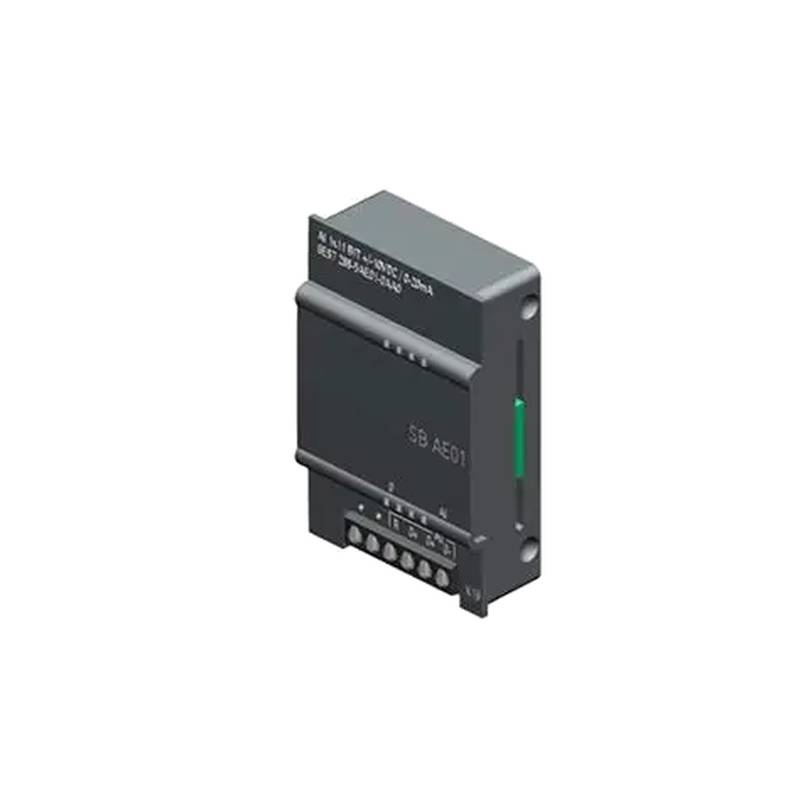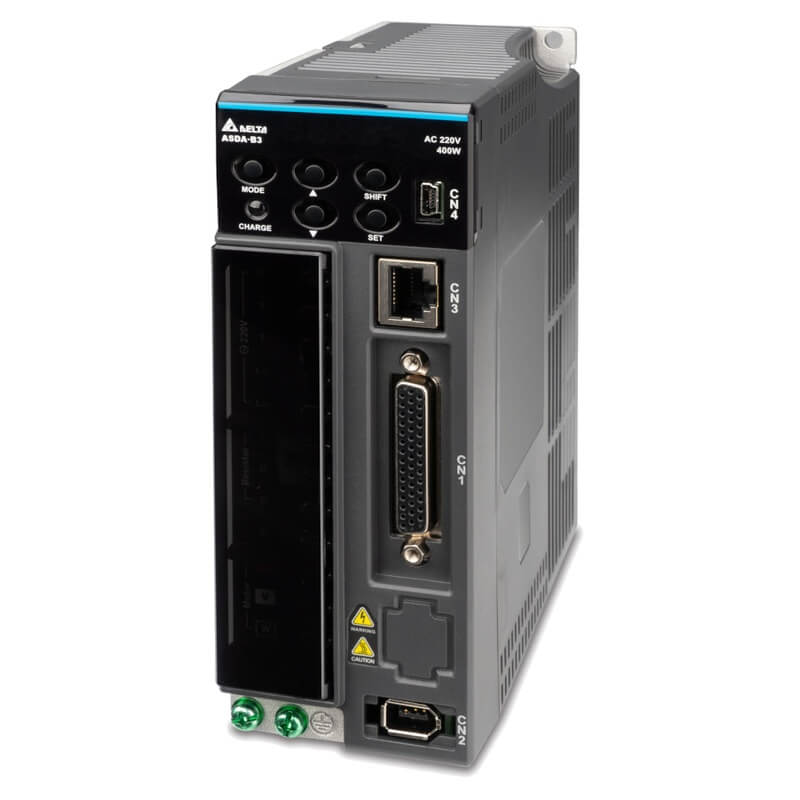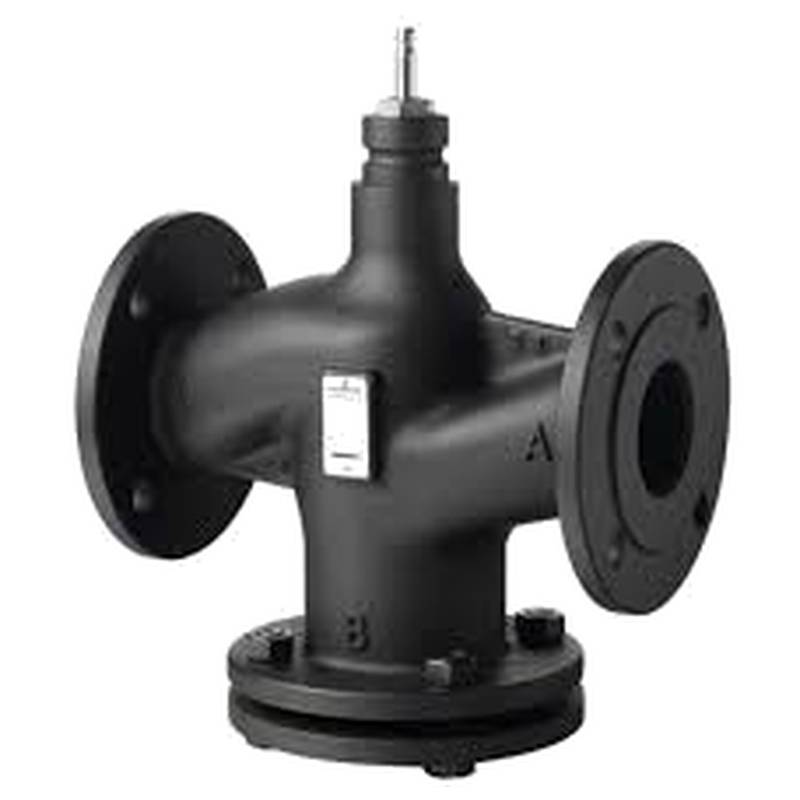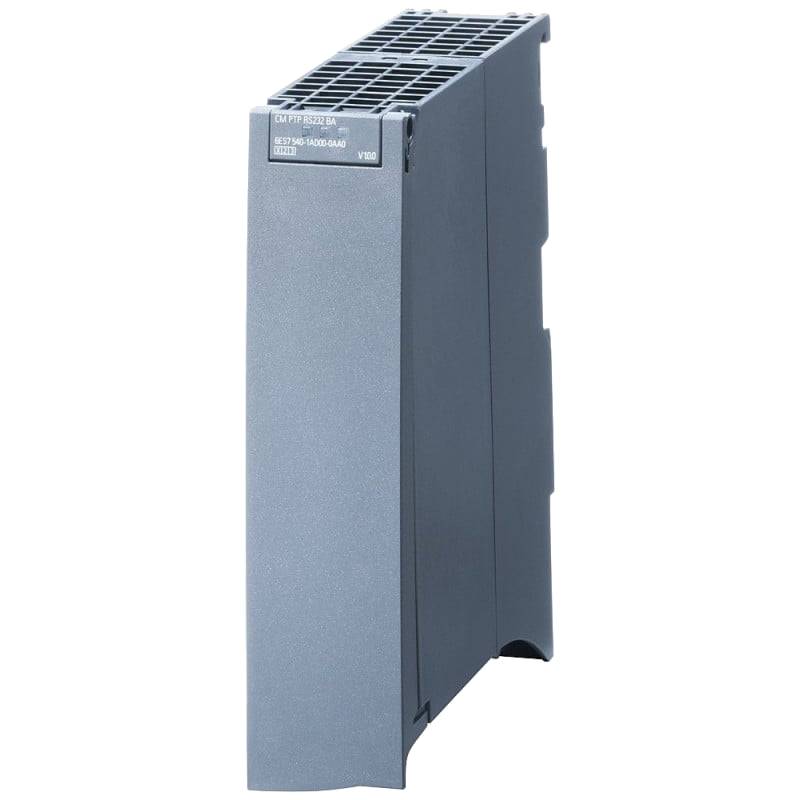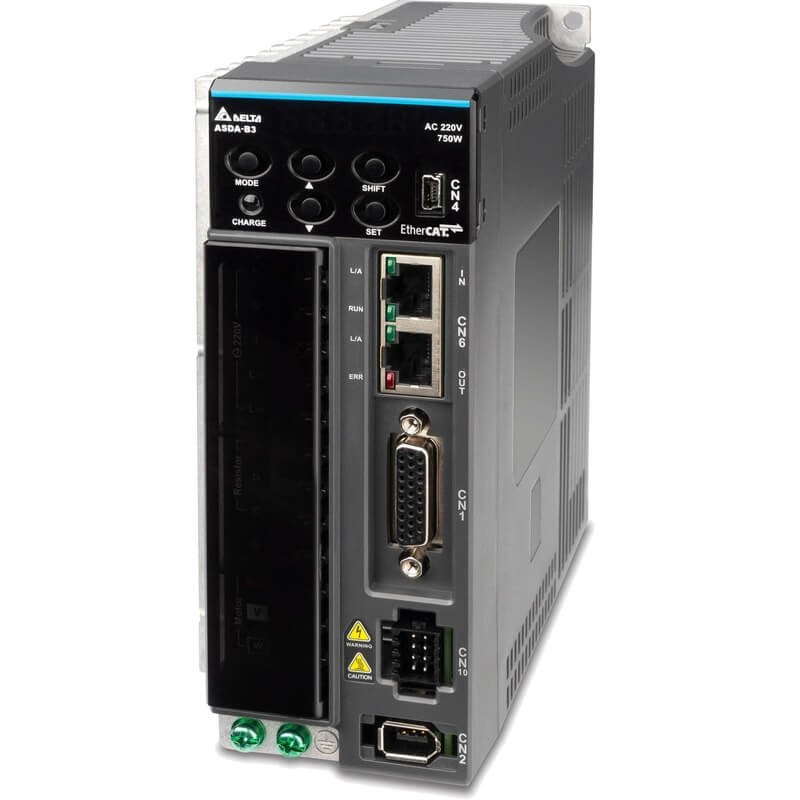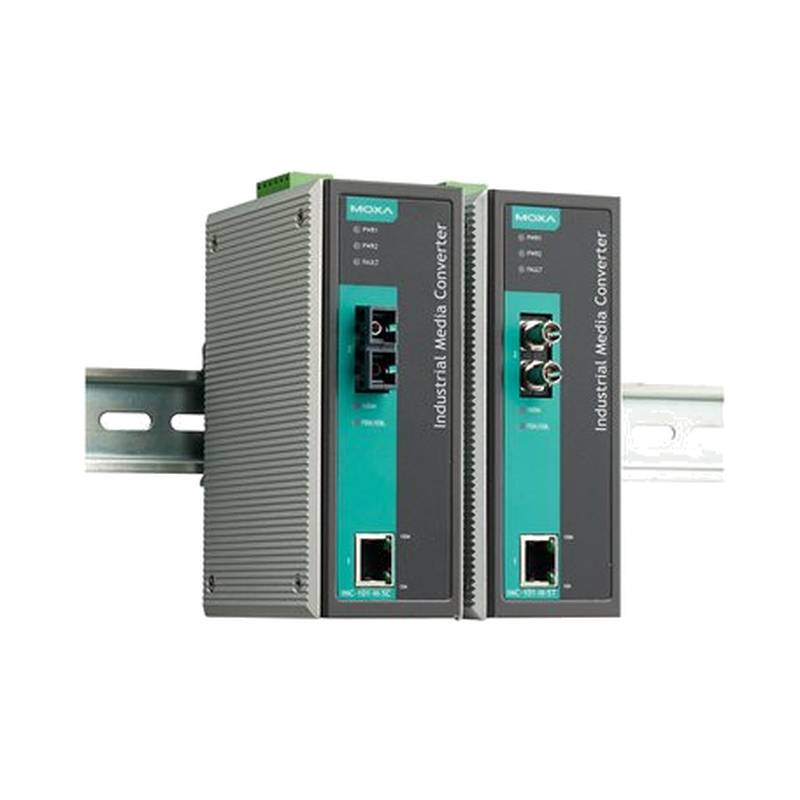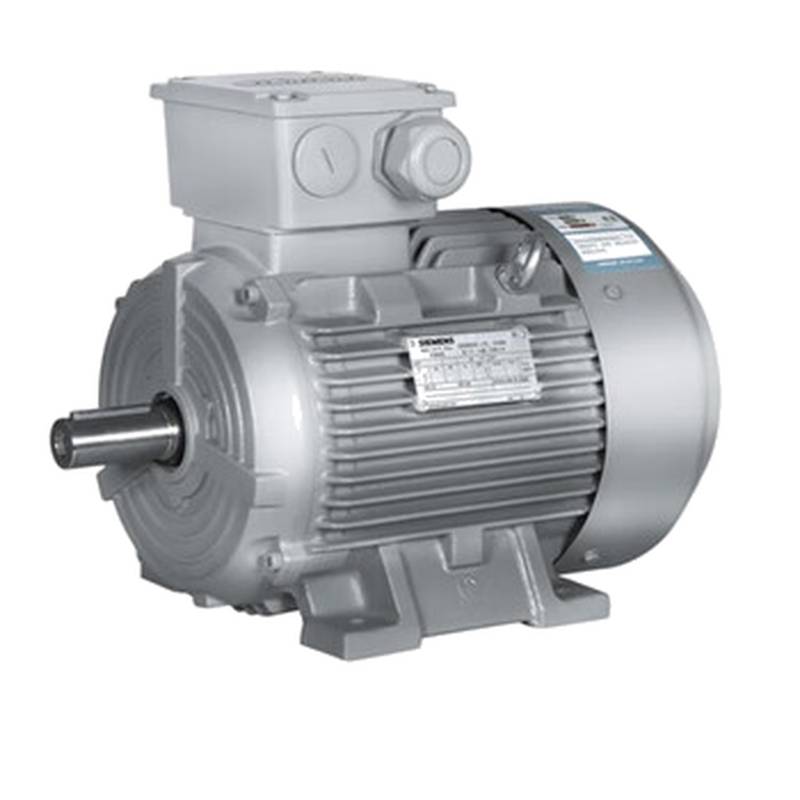
The Siemens 5SY6203-8CC is a three-phase universal motor protection breaker designed for robust and reliable safeguarding of electric motors. This 2-pole, 3-amp breaker offers critical advantages such as precise overcurrent and short-circuit protection, ensuring operational continuity and preventing costly damage to motor assets. Its core features include a high breaking capacity, thermal-magnetic tripping mechanism, and a compact design for space-efficient panel installations. Key technical parameters include a rated voltage of 400V AC, a rated current of 3A, and a tripping characteristic of C, making it a versatile solution for a wide range of industrial motor applications.
Siemens 5SY6203-8CC: Product Specifications
| Feature | Specification |
| :--------------------- | :---------------------------------------------- |
| Product Type | Motor Protection Circuit Breaker (MPCB) |
| Manufacturer | Siemens |
| Series | 5SY6 |
| Number of Poles | 2 |
| Rated Current (I_n) | 3 A |
| Tripping Characteristic| C |
| Rated Voltage (U_n) | 400 V AC |
| Breaking Capacity (I_c) | 6 kA |
| Frequency | 50/60 Hz |
| Mounting Type | DIN rail |
| Operating Temperature | -25 °C to +45 °C |
| Protection Class | IP20 |
Core Features & Market Positioning
The Siemens 5SY6203-8CC distinguishes itself through its robust construction and precise tripping capabilities, crucial for protecting sensitive motor windings from thermal overload and sudden short circuits. Its C-curve tripping characteristic offers a balance between sensitivity for protecting motors with moderate inrush currents and immunity to nuisance tripping during normal startup. This breaker is positioned as a cost-effective yet highly reliable component for original equipment manufacturers (OEMs) and system integrators requiring dependable motor protection in demanding industrial environments. The Siemens brand is synonymous with quality and durability, further cementing the 5SY6203-8CC's market standing as a trusted solution.
Key Application Scenarios
This Siemens motor protection breaker is ideally suited for a multitude of applications where electric motors are integral to operations. Common scenarios include safeguarding fractional and small horsepower motors in conveyor systems, pumps, fans, and general machinery within manufacturing plants. Its 3A rating makes it particularly effective for lower-power motor drives. It's also a choice for control panels and electrical distribution systems where precise circuit isolation is paramount for preventing equipment downtime and ensuring personnel safety during maintenance.
Practical System Integration Guidance
Integrating the Siemens 5SY6203-8CC into existing or new electrical systems is straightforward due to its standard DIN rail mounting. For wiring, ensure the incoming power supply is connected to the top terminals and the load (motor) is connected to the bottom terminals, observing correct phase rotation for three-phase applications. Proper termination involves using appropriate-sized ring or fork terminals to secure connections firmly to the breaker's screw terminals, preventing loose connections that can lead to overheating. Before energizing, a thorough inspection of all wiring and a test of the breaker's trip mechanism (if available with a test button) are recommended to confirm correct installation.
Operation and Risk Mitigation
The 5SY6203-8CC operates via a thermal-magnetic tripping mechanism. The thermal element responds to sustained overcurrents, simulating motor overheating, while the magnetic element reacts instantaneously to high short-circuit currents. To mitigate risks, always ensure the breaker's rating (3A) is appropriate for the motor's full-load current (FLC) as specified on the motor nameplate, with allowances for starting current. Avoid bypassing or tampering with the breaker's internal mechanisms. In case of frequent tripping, investigate the motor load and supply conditions rather than assuming a faulty breaker; consult the motor's documentation for specific troubleshooting guidance.
Scalability & Long-Term Value
While the 5SY6203-8CC is a fixed-rating device, its scalability lies in its seamless integration within the broader Siemens industrial control and automation ecosystem. It can be part of larger panels that accommodate future expansion or upgrades to higher-rated motors by incorporating additional or higher-rated breakers. Compatibility with other Siemens components, such as contactors and overload relays, ensures a cohesive system design. For those embracing Industry 4.0, integrating this breaker into smart panels with monitoring capabilities allows for remote status observation and predictive maintenance insights, enhancing long-term operational efficiency and value.
Frequently Asked Questions (FAQs)
What is the tripping characteristic of the Siemens 5SY6203-8CC?
The Siemens 5SY6203-8CC features a C-curve tripping characteristic. This means it is designed to trip between 5 to 10 times its rated current.
This characteristic makes it suitable for circuits with motors that have moderate inrush currents during startup. It provides good protection against short circuits.
The C-curve offers a balance, protecting against faults without nuisance tripping during normal motor start-up.
Can the Siemens 5SY6203-8CC be used for single-phase motors?
While designed as a three-phase breaker, the 5SY6203-8CC can be adapted for single-phase motor protection. It would be wired across the two live conductors of the single-phase supply.
Ensure that the 3A rating is appropriate for the single-phase motor's full load amperage (FLA) and starting current requirements. Consult the motor's specifications carefully.
Using a two-pole breaker for single-phase ensures that both lines are disconnected simultaneously, providing a safer isolation point.
What is the breaking capacity of the Siemens 5SY6203-8CC?
The Siemens 5SY6203-8CC has a breaking capacity of 6 kA (kiloamperes). This indicates the maximum fault current the breaker can safely interrupt.
A 6 kA breaking capacity is generally suitable for most residential, commercial, and many industrial distribution systems. It ensures the breaker can handle common short-circuit events.
It's crucial to verify that the prospective short-circuit current at the installation point does not exceed this 6 kA rating for safe operation.
How do I reset the Siemens 5SY6203-8CC after a trip?
To reset the Siemens 5SY6203-8CC after a trip, first identify and rectify the cause of the overcurrent or short circuit. Once the fault condition is cleared, simply push the tripped toggle switch back to the "ON" position.
If the breaker trips again immediately, it indicates that the fault condition still exists and requires further investigation. Do not force the breaker into the "ON" position.
Ensure the breaker has cooled down if it tripped due to a thermal overload before attempting a reset. Consult the system's electrical schematic for fault diagnosis.
What is the maximum voltage rating for the Siemens 5SY6203-8CC?
The Siemens 5SY6203-8CC has a rated voltage of 400V AC. This is a common voltage for three-phase power distribution in many industrial and commercial settings.
It is essential to ensure that the voltage of the electrical system where the breaker is installed does not exceed this 400V AC rating. Using it on higher voltages can lead to failure and safety hazards.
This rating ensures reliable performance and protection within its intended operational voltage range for three-phase circuits.
What does the "C" in 5SY6203-8CC signify?
The "C" in the Siemens 5SY6203-8CC refers to its tripping characteristic. A "C" curve breaker is designed for inductive loads, such as motors, lighting circuits with transformers, and solenoid circuits.
These circuits typically have moderate inrush currents when they are energized. The C-curve allows for these inrush currents, which can be 5 to 10 times the rated current, without tripping.
However, it will still provide rapid protection against short-circuit currents that are significantly higher than the inrush.
Is the Siemens 5SY6203-8CC suitable for DC applications?
No, the Siemens 5SY6203-8CC is specifically designed and rated for AC (Alternating Current) applications, particularly three-phase systems. Its internal tripping mechanisms are optimized for AC fault characteristics.
Using this breaker in a DC (Direct Current) circuit is not recommended and can lead to unpredictable performance, failure to trip correctly, and potential safety hazards. DC circuits have different arc-quenching requirements.
Always use breakers that are explicitly rated for DC applications when working with DC power sources to ensure safety and proper equipment protection.
What is the temperature range for operating the Siemens 5SY6203-8CC?
The Siemens 5SY6203-8CC is designed to operate within an ambient temperature range of -25 °C to +45 °C. This wide range covers many typical industrial and commercial environments.
Operating the breaker outside this specified temperature range can affect its performance and tripping accuracy. Extreme cold might alter mechanical properties, while excessive heat can impact thermal tripping.
Ensuring the breaker operates within its specified temperature limits is crucial for maintaining its protective functions and extending its service life.
How do I wire the Siemens 5SY6203-8CC for a three-phase motor?
For a three-phase motor, connect the incoming power supply phases (L1, L2, L3) to the top terminals of the breaker. Then, connect the motor leads to the corresponding bottom terminals.
Ensure the wiring is done securely using appropriate terminals for the wire gauge. For proper phase sequencing and safety, always disconnect the main power supply before commencing any wiring.
Refer to the motor's wiring diagram and the electrical panel's schematic for precise connection details, especially concerning any additional control or protective devices.
What type of protection does the Siemens 5SY6203-8CC offer?
The Siemens 5SY6203-8CC offers both overload and short-circuit protection for electric motors and associated circuits. The thermal element provides overload protection against sustained excessive current.
The magnetic element offers instantaneous protection against severe short-circuit currents, which can cause rapid damage to equipment and pose a safety risk.
This dual protection ensures the motor operates reliably within its design parameters and is safeguarded against major electrical faults.
















